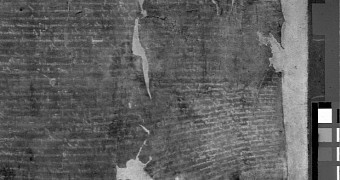Scientists and historians are happy to announce that, with the help of a technique known as multispectral imaging, they have managed to make head and tail of a document that was badly burnt in a 1731 fire.
The document in question is an original copy of the Magna Carta, otherwise known as the Magna Carta Libertatum or the Great Charter of the Liberties of England.
It was written back in 1215 by a group of feudal barons, and it served to limit King John of England's powers and protect the barons' rights. It was the first document ever imposed on a king of England by his subjects.
Hence, the Magna Carta is widely considered to be a first step away from the limitless and hereditary power of royalty and towards constitutional law.
As explained by Live Science, the original Magna Carta copy that specialists managed to read using multispectral imaging was considerably damaged during a fire that hit the British Library centuries ago.
To decipher the text, scientists and historians took a series of images in several LED lights that did away with the damage caused by the fire and revealed the words inscribed on the parchment.
“It was in such a terrible state, we couldn't read any of it, really,” British Library imaging scientist Christina Duffy said in a statement. “It was actually quite a surprise that so much text was recovered,” she added.
Come February 3, all four copies of the Magna Carta, including this burnt one, will go on display at the British Library. The documents will be showcased to mark the 800th anniversary of King John's commitment to abide by the Magna Carta's demands.

 14 DAY TRIAL //
14 DAY TRIAL //